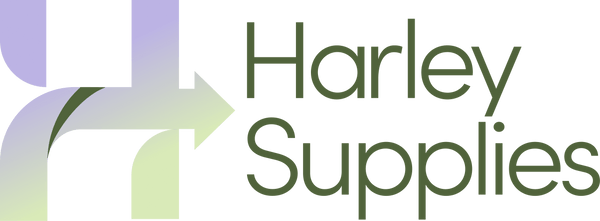As we age, maintaining youthful skin and optimal health becomes an increasing priority for many. Advances in cellular biology now show that the ageing process is more dynamic and modifiable than we previously thought, and at the heart of this revelation lies a crucial molecule—nicotinamide adenine dinucleotide (NAD+).

Understanding Cellular Ageing
Ageing is more than just the visible signs we observe externally; it represents a deeper, cellular-level decline affecting our entire body's functionality. Scientific breakthroughs have identified nine key cellular changes, collectively known as the 'hallmarks of ageing,' which underpin the biological deterioration we experience over time.
Central among these hallmarks is the decline in NAD+, a vital coenzyme involved in numerous metabolic and cell-signalling pathways essential for maintaining healthy cell function, metabolism, and DNA repair.
Unfortunately, NAD+ levels naturally decrease with age, leading to multiple ageing signs, including reduced collagen production, decreased skin elasticity, increased inflammation, and impaired DNA repair.
The Crucial Role of NAD+
NAD+ is critical in energy production, cell repair, and regulating enzymes, vital for maintaining skin health and longevity. As NAD+ levels decrease with age, our skin struggles to repair environmental damage effectively, accelerating visible signs of ageing such as wrinkles, pigmentation, and reduced resilience.
Benefits of Restoring NAD+
Studies have shown that restoring NAD+ levels can significantly reverse these ageing processes. Preclinical studies reveal that replenishing NAD+ levels can lead to substantial improvements, such as increased collagen production, improved mitochondrial function, reduced inflammation, and even reversal of ageing signs in various tissues, including skin and muscle.
Practical Approaches to NAD+ Restoration
Supplementation strategies currently include NAD+ precursor compounds like nicotinamide riboside (NR), nicotinamide mononucleotide (NMN), and novel multi-targeted therapies that simultaneously address the root causes of NAD+ decline. Recent studies indicate that combining NAD+ precursors with inhibitors of enzymes like CD38 (which excessively consume NAD+) and activators of enzymes that facilitate NAD+ recycling offers the most effective approach to maintaining youthful cellular function.
Exciting New Injectable NAD+ Therapies
In aesthetic medicine, this has opened the door to innovative injectable therapies designed specifically for regenerative skincare. Injectable NAD+ treatments, administered in conjunction with procedures such as microneedling, promise deeper delivery and enhanced results by priming skin cells to respond more robustly to regenerative stimuli.
Such treatments not only promise external anti-ageing effects—like visibly younger, firmer, and healthier skin—but also systemic benefits, supporting the overall health and resilience of patients, making NAD+ therapies a genuinely holistic approach to ageing.

Embracing the Future of Regenerative Aesthetics
As aesthetic practices increasingly incorporate NAD+-based treatments, patients can experience transformative results beyond mere cosmetic improvements. By targeting the cellular root causes of ageing, NAD+ injectables represent the future of aesthetic medicine, offering a powerful, science-backed solution that promises not just youthful skin, but enhanced overall vitality and well-being.
The future is here, and NAD+ regenerative therapies are poised to redefine how we approach anti-ageing, making beauty, health, and wellbeing achievable at the cellular level.


